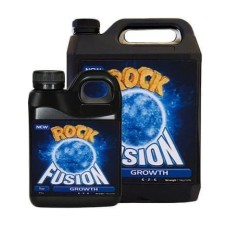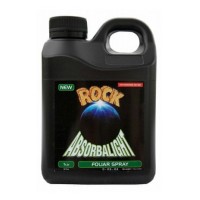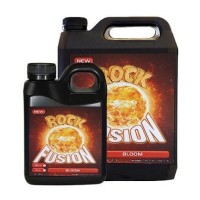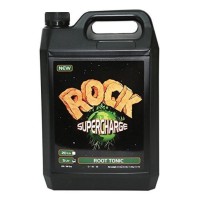Fusion Grow by Rock Nutrients
Fusion Grow by Rock Nutrients
Product Options
-
£57.95
Out Of Stock
Fusion Grow is a formulation of N, P and K with a 1:1 ratio of nitrogen to potash, exactly what is needed to stimulate growth and development prior to blooming. As the plant matures, switch to Fusion Bloom for less nitrogen and more potash to promote larger flowers. Please consult the feeding schedule for more details.
Fusion Growth and Bloom are the strongest and most advanced single part plant nutrient products we have developed to date. Rock Fusion will produce a rich nutrient solution of 800ppm in pure water at just 8ml per gallon. Fusion Growth and Fusion Bloom will take your crop from beginning to its successful end.
Fusion Grow and Fusion Bloom are the strongest, most concentrated single part nutrients we can possibly produce, rivalling even the strongest two part nutrients. The concentrated strength is not the only asset of Fusion … Rock Fusion Nutrients are made with our unique ‘Nutrient Density’ technology, which means that the amount of effective nutrients available to the plant is much higher than in other products. Fusion has all the components for massive yields packed tightly into each bottle.
Rock Fusion Grow 6-2-6
Rock Fusion Grow is specially formulated for the vegetative stage of flowering plants or for leafy greens like lettuce and spinach. It is suitable for all growing systems and has been made with the highest quality components, with no compromises. It is a high performance plant food with long shelf life elements that won’t drop out over time.
Rock Fusion nutrients are highly concentrated, and will therefore will save you money, making your dollar go further without compromising the results as less is needed for each cycle. Only 4 to 8 milliliters per gallon of working solution is needed, compared to 10ml with other common nutrients. Always check the EC levels and flush when required.
How To Use Rock Fusion Plant Nutrients
Use between 4 and 8mls per gallon of working nutrient solution, depending on the age of the plants. Please refer to the feed chart below for further details.
Q & A
Be the first to ask a question.







